AI Agents Need Blockchain—But on a Public Chain or Custom L2?
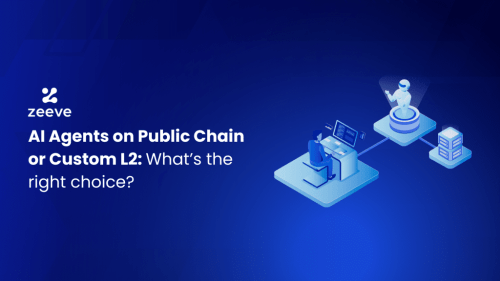
AI agents are a massive opportunity for new-age businesses. The Futurum Group’s CEO, Daniel Newman, claims that AI agents offer a $4 Trillion annual market opportunity in the next 5 years. The same level of craze is also seen in the blockchain space, with 115+ leading AI Agent projects already launched and hundreds are preparing to launch. Now that AI agents are coming to the blockchain, there’s confusion arises whether to deploy AI agents on a public chain like Solana or Base or build a custom rollup/appchain to power the dApp.
The Rise of AI Agents: Exploring Web2 and Web3 Landscape
AI and its use cases have already drastically changed the way business operates, eliminating all the challenges of traditional methods. Currently, AI agents have been making waves due to their ability to perform various tasks autonomously similar to a human or even with some additional capabilities.
Tech giants like Google and Microsoft have introduced their AI agents in 2024. For example, Oracle has introduced the Miracle agent, Microsoft has an advanced copilot, and Google has developed an AI agent named Jarvis. These current generation AI agents are astonishingly advanced, which is, of course, the evolution of generations of AI agents. If we look back, the wave of AI agents was actually created in 2011 when Apple’s Siri brought a revolution in smartphone use through NLP- Natural Language Processing. Siri performs tasks via voice commands based on individual preference.

Then, in 2014, Amazon rolled out Alexa, which really took voice activation technology to another level. Alexa virtual assistant made technology more accessible, allowing users to control home devices, get information, play music, or do other tasks with voice commands. Further, DeepMind introduced AlphaZero in 2017. AlphaZero AI agent is capable of training itself and thus excels in complex games like chess or shogi.
This evolution in AI agents has happened rapidly, leading to the creation of futuristic AI agents in 2024. Now, it is causing the intersection between blockchain and AI. Hence, a range of AI agents have been building like:
As you can see, most of these AI agents are built on public chains like Ethereum, Base, and Solana. Let’s dive deeper and understand the landscape of AI agents on public chains.
AI agents on Public chain– A close analysis
Public chains are open-source blockchains that are accessible to everyone with no centralized authorities controlling the network or user data. Anyone on a public network can become a validator, run a node(s), and deploy their dApp. Speaking about AI agents, public chains are currently a preferred option for most projects.
Here’s a brief analysis of AI agent projects building on these chains. These are the most influential projects in terms of TVL, network effects, innovation, and edge.
First, there’s Ethereum, the most decentralized and influential public network that is powering a range of innovative AI agents, such as Morpheus AI, that has gone with $350M+ TVL and a fast-growing community of 5000+ contributors.
Also, Ethereum is the home to emerging projects like Empyreal, Zerebro, and many projects developed by Giza– a firm committed to converging AI and blockchain.
Next, we have Base Layer2. On Base, leading players in AI agents like Virtual Protocol have been deployed.
Plus, it’s the choice of several next-gen AI agent projects like Aixbt, Luna, Vader AI, and more have been deployed, and their ecosystem is growing rapidly.
Finally, there’s a popular public chain– Solana, which has offered an ecosystem to Terminal of Truth ($GOAT)– the widely popular AI chatbot in the crypto & memecoin sphere. Other projects like Ai16z, Zerebro, arcd, and swarms are deployed on Solana.
Although public chains are good for their market capitalization, decentralization TVL, security, liquidity, and a rich ecosystem of diverse dApps, building highly complex AI agents (other than the AI agent projects we see on public chains) can be really complex. Also, a lot of innovations are yet to happen on AI agent’s landscape. For example, agents for scientific researchers, personal AI companions, creative, generative agents, infra managers, multi-modal agents, and advanced security & privacy agents. On public chains, these projects may face challenges such as:
- Lack of modularity
- Cross-chain interoperability.
- Limited, non-flexible scalability.
- High gas fee.
- Network congestion.
- Regulatory challenges
- Native token.
- Less Ethereum compatibility.
To support such future-proof concepts, AI agents definitely need to tackle the above challenges and hop on to the modularity, enhanced scalability, and performance benefits of custom chains.
Enter custom blockchains: The solution to public chain challenges
Custom blockchain refers to a fully customizable, use case-specific chain for single-use purposes. Regarding AI agents, these are yet another AI x Crypto dApps that seek to leverage decentralization, security, reduced cost, and other blockchain benefits. At the moment, a lot of dApps (not specifically in AI) are choosing to build their own custom blockchains, which can either be sovereign Layer1, appchains, or Layer2 rollups. If we look at recent stats, OP Stack has 43+ chains (testnet+mainnet), Polkadot has around 585 projects, Avalanche L1 has 131 chains, ZK Elastic chain has 20+ projects, Polygon CDK has 15+ projects, Arbitrum Orbit has 24+ chains on mainnent. This has led the rollups TVL to reach $47.02B, and that’s huge.
Such accelerated adoption of custom chains is a sign for AI agents to launch their own appchain. This is a sign for AI agents to launch their appchain, Layer2 rollups, or sovereign chain to tap into the following benefits:
- Dedicated throughput to build high-performance dApps capable of handling massive users/transactions while ensuring full resource availability.
- Complete modularity to customize your chain the way you want. For example, use an alternative DA layer (other than Ethereum), implement decentralized sequencing, choose a different wallet or bridge, interoperability layer, and more.
- Customizable governance to modify the chain’s governance rules and protocol logic to suit specific needs. For example, implement a different voting mechanism, validators’ rules, or reward system.
- Seamless interoperability is enabled through concepts like Superchain, AggLayer, and Elastic chain. It makes the whole L2 ecosystem of diverse chains feel like one.
- Enhanced liquidity access is possible on custom blockchains as each of the chains are interconnected, and all of them are linked to the underlying main chain (e.g., Ethereum).
- AI agent projects seeking to launch their native token can do so easily by launching their app-specific Layer2 rollups with modular stacks like OP Stack, Arbitrum Orbit, ZK Stack, or Polygon CDK.
- Custom chains offer Zero compromises on security as most of the appchain or Layer2 rollups are designed to inherit security from main chains like Ethereum in case of Layer2s and Relay chain in case of Parachains. This eliminates the challenge of security in custom chains.
- Permissioned access can be achieved quickly in custom chains. Hence, AI agents needing to build a permissioned chain to ensure data privacy or limited access can opt for a custom chain instead of deploying on an open-source public chain.
Despite amazing benefits, the concept of a custom chain is still a little new to AI agents. Therefore, the amount of projects building their custom chain is quite less as of now. Here’s a quick glance at AI agents building their own appchains/L2 rollups:
First, let’s talk about appchains. Cosmos SDK— the leading framework for building appchains, is offering an ecosystem to AI agent projects like Fetch. AI, Injective, and Talus. Likewise, Phala Network is offering an AI-agent smart contract on a custom chain as Polkadot Parachain.
Next, we’ve Polygon CDK; the stack for building custom ZK-powered chain that can connect to AggLayer. Play AI is building with Polygon CDK to facilitate creation and launch of AI agents in the gaming sector.
Coming to Layer2 rollups, Optopia is building an AI-driven chain with OP Stack, allowing projects to launch intent-centric AI agents for web3. Also, Spheron Network has launched its closed beta with Arbitrum Orbit, allowing whitelisted users to launch their AI agents. Here’s a tweet regarding this:
Additionally, below is an analysis of why AI agents (the above projects) are choosing to build their custom chains:
- Spheron Network is leveraging Arbitrum Orbit framework to implement a superior fraud-proof mechanism, shorter block times, and maximized gas limits, while also achieving scalability more than other AI chains.
- Cosmos SDK allows Fetch.AI, Injective, and Talus to ensure faster finality, seamless interoperability with Cosmos SDK chains in the ecosystem, and dedicated throughput for higher TPS. Cosmos SDK’s IBC (inter-blockchain compatibility) is another big factor for its adoption.
- A Parachain-powered network allow Phala Network to offer a privacy-rich ecosystem of AI agents, DID confidentiality, better PS, lightweight bridging, data protection, native token, and secure cross-parachain communication.
Launching your AI agent chain? Do it on Zeeve
AI agents are just the beginning on custom chains. Going forward, we’ll see a lot of complex, modular & high-performance AI agent projects building their use case-specific L2s and appchains. If you’re planning to launch a custom chain for your AI agent project, Zeeve RaaS has simplified the whole process for you. From launching a full-functional testnet using Zeeve’s sandbox tool to mainnet launch to 24/7 monitoring of your network, Zeeve RaaS and appchain service is designed to save you significant cost and time. Also, Zeeve has added support for 40+ integrations to support the creation of modular chains. For more about Zeeve RaaS and appchain offerings, connect with our experts. You can send your queries via mail or set up a Zeeve RaaS demo for a brief overview.

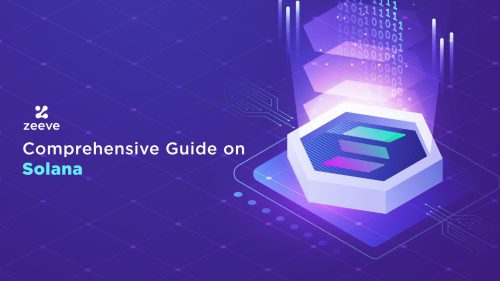
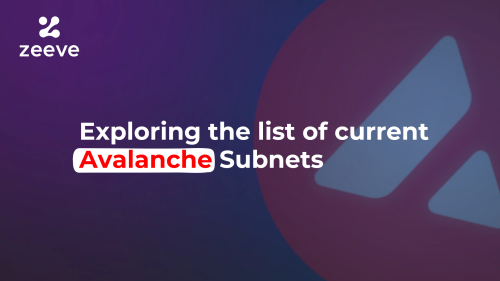

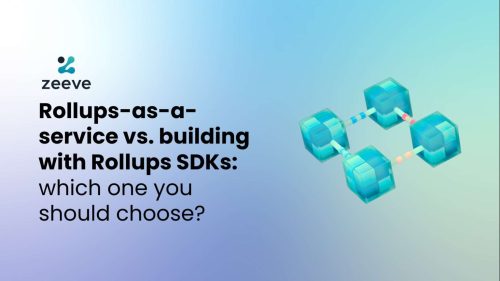
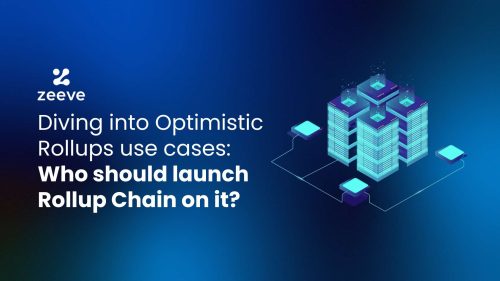
Responses